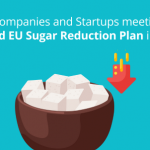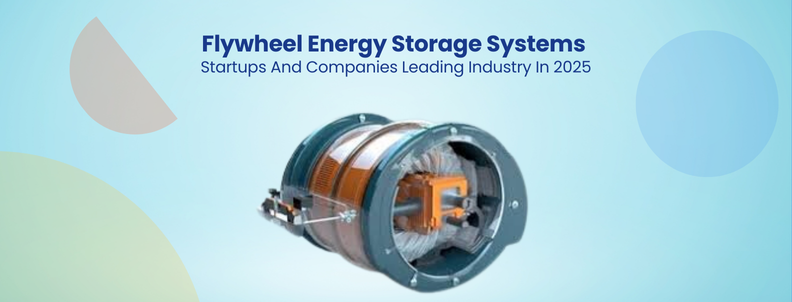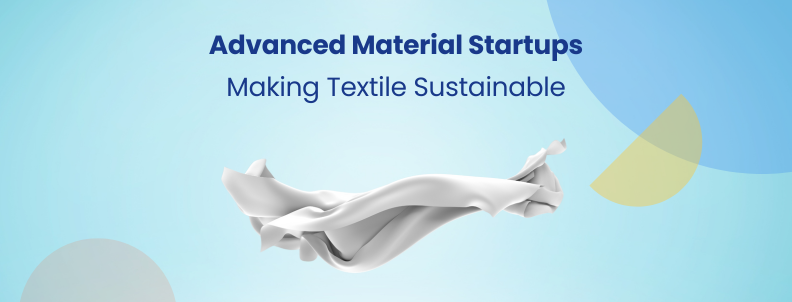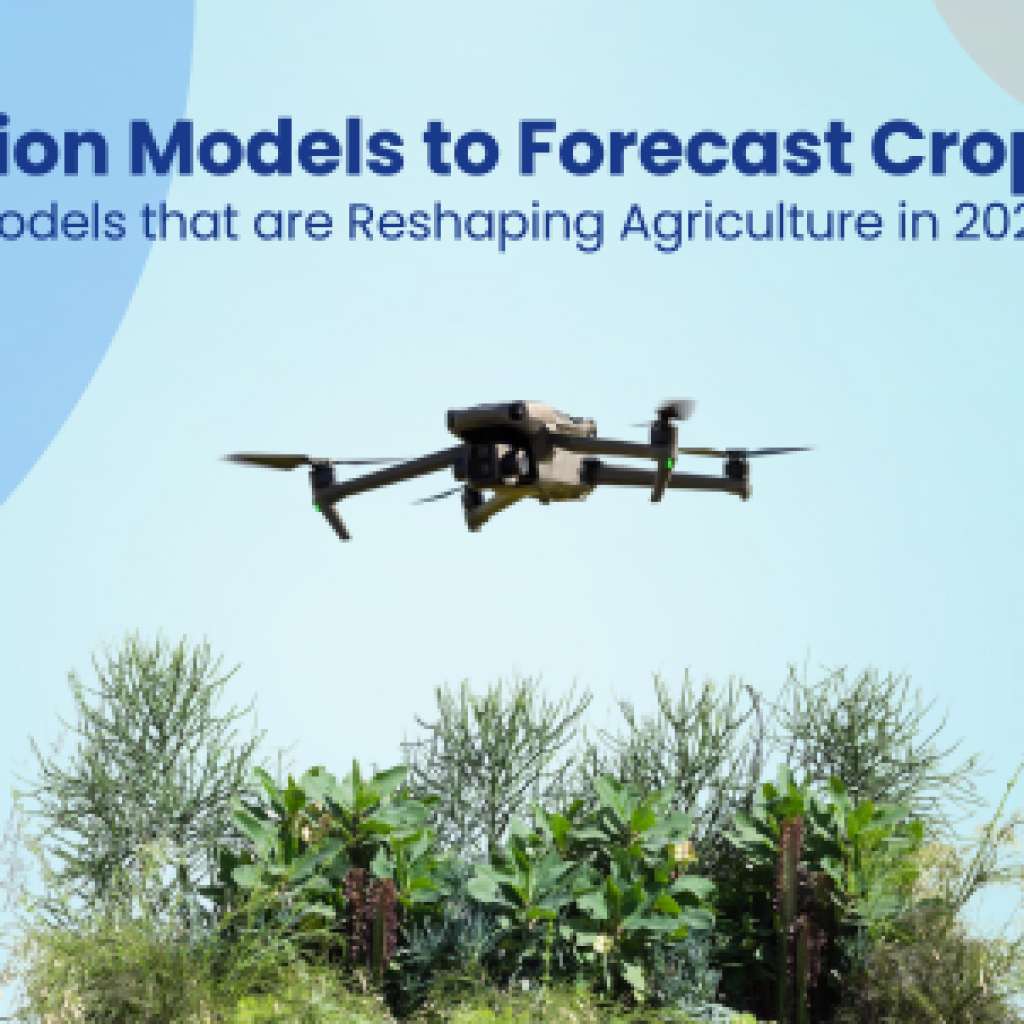While various sugar reduction technologies have emerged, many fail to replicate sugar’s complex role in food.
A 2023 International Food Information Council Food and Health Survey revealed that 87% of consumers rank taste as their top consideration when purchasing food. This preference is reflected in market performance, where reduced-sugar products often underperform compared to their full-sugar counterparts.
As the industry faces these challenges, new startups like Incredo are emerging to bridge the gap between health concerns and consumer preferences.
To better understand Incredo’s technology and its potential implications for the food industry, we spoke to Eran Baniel, the Executive Chairman of Incredo. The discussion explored the scientific principles behind their sugar reduction process and its effectiveness across different food categories.
Author’s note: Upon researching, we came across many other startups working on sugar reduction technology. Curious to know about them? Read this article next!
“If we want children to accept healthy sugar, don’t preach to them, offer them a choice they will like, that they will adopt.”
– Eran Baniel
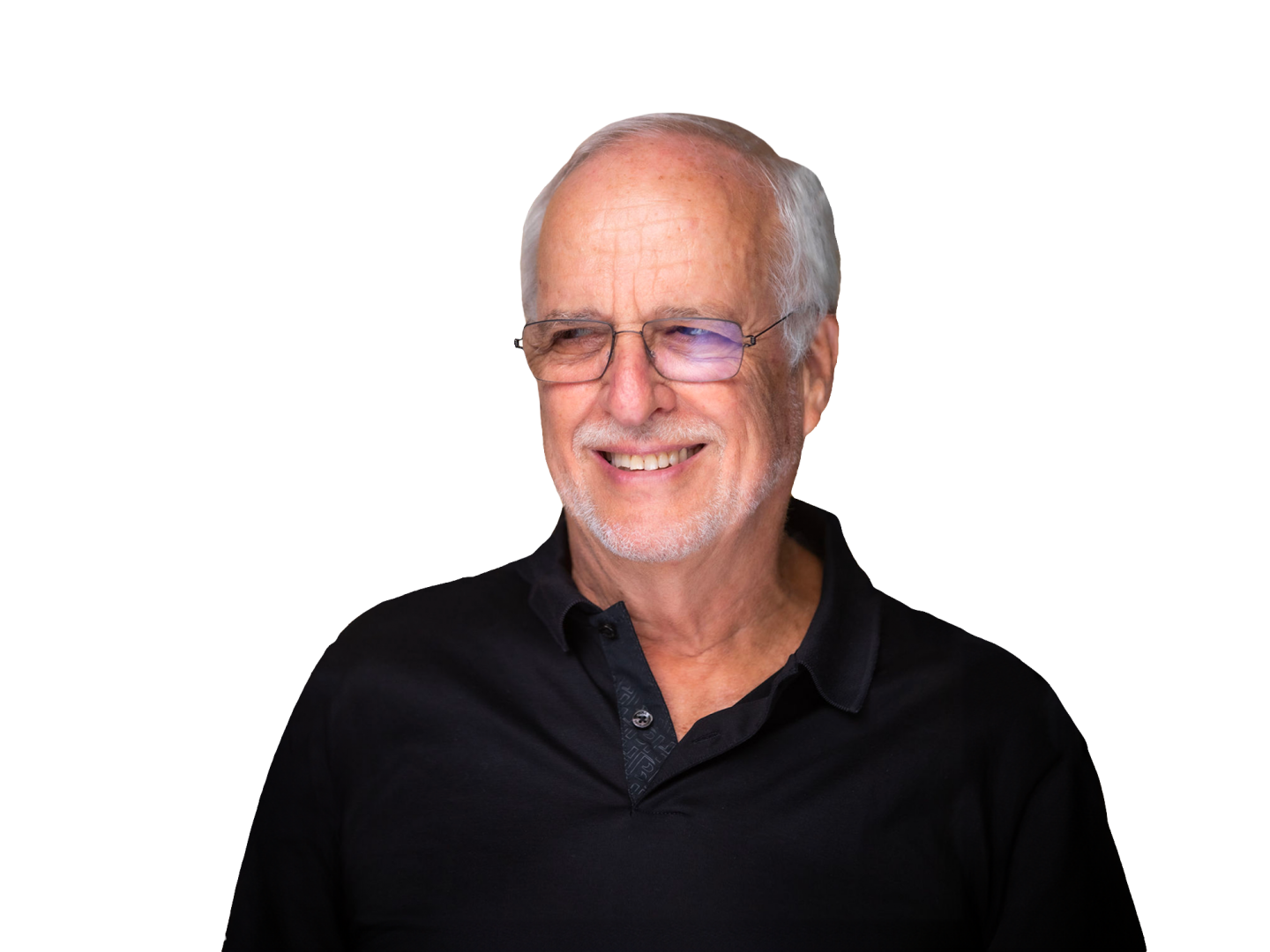
Eran Baniel is the Chairman and co-founder of Incredo, an innovative food-tech company focused on sugar reduction technology. With a background in entrepreneurship and a vision for healthier food options, Eran has guided Incredo in developing a unique approach to enhancing sugar efficiency. Under his leadership, Incredo aims to address global health concerns by enabling a significant reduction of sugar in various food products while maintaining taste and texture.
Want to know how Incredo is doing it? See for yourself.
Overview: Incredo’s Targeted Sweetness Enhancement Technology
Instead of adding additives, Incredo’s technology enhances the sweetness perception of sugar using carriers like silica and proteins.
The key aspects of their technology include:
Sugar carrier: Incredo uses silica, an inert, food-grade mineral commonly used in food products, as a carrier for sugar molecules.
Surface area modification: By attaching sugar molecules to silica particles, they increase the surface area of sugar that comes into contact with taste receptors on the tongue.
Enhanced sweetness perception: This increased surface area allows for a more intense sweetness perception, meaning less sugar is needed to achieve the same level of sweetness in food products.
Maintaining functionality: Their technology aims to preserve sugar’s functional properties in food (like texture, mouthfeel, and browning), often lost with other sugar reduction methods.
Short on time?
Here are key highlights from the discussion.
Highlights from the conversation
How did Incredo’s journey begin, and what was your vision and motivation for joining and starting this venture?
The journey of Incredo began with my lifelong passion for making people happy, initially through show business and later by starting a company that lit beautiful monuments. I realized that nothing makes people happier and healthier than good food.
One day, my father, a prominent research chemist at 95, was conducting kitchen experiments. He remembered an incident from the post-Independence War period in Israel when there was a sugar shortage. He discovered that a viscous starch pudding with a little sugar created a disproportionate feeling of sweetness. This idea resurfaced when an artificial sweetener project he worked on failed.
My father realized that enhancing the availability of sugar to taste receptors could reduce the amount needed while retaining sweetness. We started exploring carriers that could achieve this without aftertaste. Initially, it was just my father, me, and a small lab in Jerusalem. As we saw promising results, we founded the startup, initially named DouxMatok, later rebranded as Incredo.
Our technology uses carriers like silica and proteins to increase sugar’s surface area, making it more available to taste receptors. This allows for significant sugar reduction without compromising taste and texture. We work with food engineers to reformulate products to maintain quality and taste while addressing health concerns. Our mission is to revolutionize the food system and significantly impact global health.
Is there a new carrier being researched to replace silica, or is silica the ultimate solution for your sugar reduction technology?
That’s a great question and very timely. In about a month, we will announce Gen 2 of Incredo, which will not be based on silica but on proteins. This new generation addresses the public perception issues with silica, especially in regions like Europe.
(Author’s note: This interview was conducted in January 2024, and Incredo® Sugar G2 has since been launched.)
Silica is safe and found in many foods and drinks, including mineral water and salads, but changing consumer perceptions is challenging for a startup. We’ve been researching alternative carriers for three years, and our protein-based solution is ready. This new carrier is plant—or dairy-based and does not require regulatory approval since it’s not an artificially synthesized protein.
While silica-based sugar has the shelf life of normal sugar, protein-based carriers are more sensitive and require stricter storage measures but still offer over a year of stability. We’ll provide more details on Gen 2 soon, as it will address the same sugar reduction goals with improved consumer acceptance.
Are there plans for Incredo to license your technology or patents to other companies to achieve widespread sugar reduction while maintaining taste?
Yes, we plan to license our technology, especially in regions with high sugar consumption and related health issues, like India. Partnering with other companies is essential for achieving widespread impact and scaling our sugar reduction technology globally.
Besides regulatory and public perception issues, did you face any other significant barriers when starting Incredo?
Yes, we faced significant challenges, particularly in effectively combining silica and sugar. For instance, the combination doesn’t survive well in beverages due to the water activity separating the sugar and silica. We solved this for yogurt drinks by encapsulating the mixture in a protective “balloon” that releases the sugar when it reaches saliva.
Another major challenge is educating partners on the correct use of our sugar. For example, to maintain its effectiveness, it must be added to the flour in baking, not directly to wet ingredients like eggs. Reformulation is essential, as simply replacing sugar with alternatives like allulose without considering their unique properties doesn’t work. This process takes time and precise adjustments to deliver the promised results.
Do you foresee any major disruptors in the sugar reduction space emerging in the next 15 to 20 years?
One potential disruptor in the sugar reduction space is creating a solution similar to how whole fruits impact glycemic response. For example, drinking orange juice has a high glycemic index, but eating the whole orange has a much lower effect on blood sugar levels due to the fiber.
Incredo’s approach uses carriers to combine sugar and other elements, like fiber in an orange, which could potentially achieve a similar effect. In a small case study, our employees who ate a biscuit made with Incredo sugar showed a nearly flat glycemic response, similar to eating a whole orange, compared to a regular sugar biscuit.
Although we haven’t conducted extensive studies due to funding limitations, with further research and development, this concept could significantly change how sugar reduction is approached, making it safer and healthier while maintaining the sweetness people enjoy.
With unlimited funding, how would you allocate it to advance your technology and achieve your goals, especially in perfecting solutions like the orange analogy?
If we had unlimited funding, I would invest in reducing sugar in beverages. Our solution works well in dairy products like yogurt but isn’t transparent, which doesn’t suit beverages like cola. With more resources, we could develop a clear solution for drinks, expanding our impact and making our technology even more versatile.
Meet our Interviewer – Vikas Jha, AVP, Solutions at GreyB

Vikas Jha is an experienced tech consultant focusing on Intellectual Property Consulting. With expertise in diverse domains like Telecom, Navigation, and Medical Devices, he helps clients navigate innovation challenges. His ability to bridge technology, innovation, and leadership makes him a valuable resource in the evolving tech landscape. Vikas has been featured on CNBC for his insights on next-gen technologies like space tech.
Looking for innovative technologies for sugar reduction/replacement?
This comprehensive report has all the answers you seek. Fill out the form below and get the report delivered to your inbox.
Authored By: Ridhima Mahajan, Marketing
Next Read: Top FDA-Approved Sugar Reduction Solutions You Should Know




